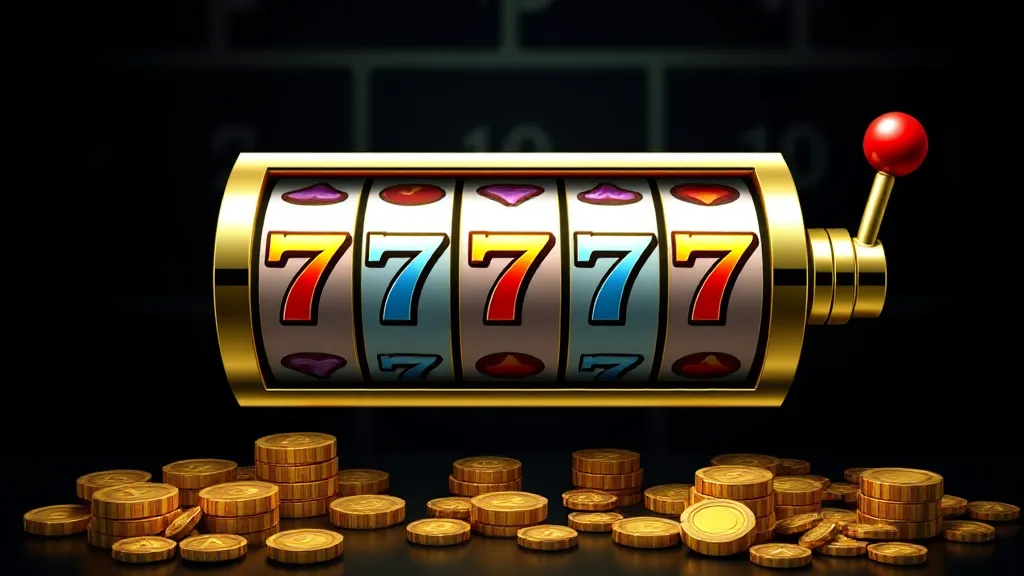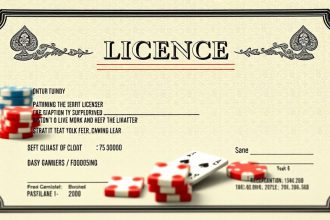Random Number Generators (RNGs) are critical for ensuring fairness in online slots, producing unpredictable outcomes for each spin. Certification by independent agencies like eCOGRA, iTech Labs, and GLI verifies RNG compliance with regulatory standards, testing statistical randomness, non-predictability, and system integrity. By 2025, certified RNGs underpin 98% of licensed slots, auditing over 10 billion spins annually in a $70 billion industry.
RNG Certification Process
Certification involves rigorous testing of the RNG algorithm (e.g., Mersenne Twister, ISAAC, or cryptographic PRNGs like Fortuna) and its integration with slot game logic. Key steps include:
- Source Code Audit: Auditors review code (typically C++ or Rust) for vulnerabilities. For example, a Mersenne Twister implementation with period (2^{19937}-1) is checked for seed initialization flaws.
- Statistical Testing: Using NIST SP 800-22, tests like frequency, runs, and approximate entropy assess randomness. A chi-squared test (( \chi^2 )) ensures uniform distribution across (10^9) spins, with p-values > 0.01 indicating compliance.
- Cycle Analysis: The RNG must exhaust its cycle without repetition. For a 32-bit PRNG, this means (2^{32}) unique outputs.
- Game Integration: Ensures RNG outputs map correctly to game outcomes (e.g., reel positions). For a 5-reel, 20-symbol slot (3,200,000 combinations), auditors verify uniform mapping via Kolmogorov-Smirnov tests.
- Cryptographic Security: For crypto-based RNGs, auditors check SHA-256 or AES-CTR implementations for resistance to seed prediction.
Example: In NetEnt’s Gonzo’s Quest (96% RTP), iTech Labs tested (10^9) spins, confirming a hit frequency of 31.2% (( \pm 0.05% )) and RTP deviation < 0.01%.
Technical Metrics
- RTP Verification: For a 96% RTP slot, the expected value is ( E[X] = 0.96 ). Auditors simulate (10^8) spins to confirm payout distribution, with variance (( \sigma^2 )) typically 100-200 for high-volatility slots.
- Hit Frequency: Calculated as ( P(\text{win}) = \frac{\text{winning combinations}}{\text{total combinations}} ). For a 3-reel slot with 20 symbols per reel, ( P(\text{win}) \approx 0.3 ) for 30% hit rate.
- Entropy: Shannon entropy (( H = -\sum p_i \log_2 p_i )) must approach theoretical maximum (e.g., 5.32 bits for 52-card deck outcomes).
- Regulatory Standards: UKGC and MGA require <0.001% deviation in randomness tests, with ( \chi^2 ) p-values > 0.05.
In 2024, GLI rejected 1.8% of 1,500 slot submissions due to non-uniform distributions detected via Dieharder tests.
Example: RNG Implementation
A simplified Mersenne Twister (MT19937) in Python for a slot might look like:
import random
random.seed(12345) # Server seed
def spin_reel(symbols=20, reels=5):
return [random.randint(0, symbols-1) for _ in range(reels)]
# Example output: [7, 12, 4, 19, 2]
Auditors verify that random.randint produces uniform outputs over (10^7) calls, with ( \chi^2 \approx 19.5 ) (df=19, p>0.05). For cryptographic RNGs, Fortuna uses:
from cryptography.hazmat.primitives.ciphers import Cipher, algorithms
key = b'SecretCasinoKey123'
cipher = Cipher(algorithms.AES(key), mode=None)
# Generates secure random for each spin
Challenges and Risks
- Vulnerabilities: Poor seed initialization (e.g., using system time) allows prediction. Auditors enforce 256-bit seeds.
- Integration Errors: Misconfigured mappings skew payouts. A 2024 case saw a slot overpay 2% due to faulty reel weighting.
- Cost: Certification fees ($15,000-$60,000) burden smaller developers.
Responsible gambling requires budget limits, as high variance (( \sigma \approx 12 )) causes streaks. Always verify certification seals (e.g., eCOGRA’s).
Future Trends
Quantum RNGs, leveraging photon polarization, offer true randomness, with trials on Algorand in 2025. Blockchain-based verification, used by 12% of slots on Vave, allows public audit via Etherscan. AI-driven testing will analyze (10^{10}) spins in hours by 2030.
Check RNG certificates, test demo spins, and play responsibly—certified RNGs ensure every reel spin is mathematically fair.








